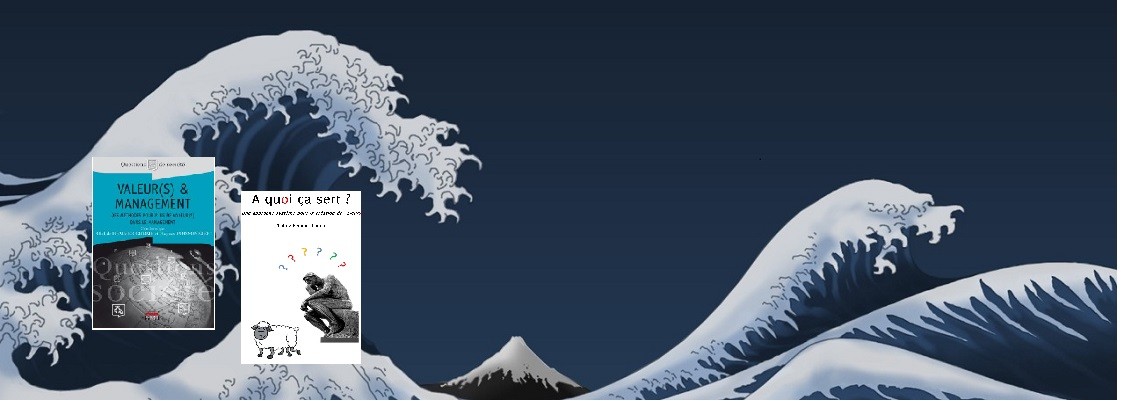This paper takes root from « Valeur(s) & Management« , the collective work of 19 specialists in all fields of corporate performance methods, including a chapter on Business Analysis and another on ‘cartographie d’affaire’ by Cédric Berger, president of IIBA Geneva.
afaV members have been participating in the launching of the IIBA France Chapter and still are regularly associated with IIBA actions in France and Switzerland. This collaboration is built on the close relationship between the afaV experience in the design of optimal solutions for product, systems and process, including IT and organizations, and the mission of IIBA as “the disciplined approach for introducing and managing change to an organization”.
The new Business Analysis Framework Core Concepts, to be developed in the BABoK 3.0 are “ a dynamic system of related ideas … equally important, equally connected, and equally essential :
– Change: a controlled transformation of an organization
– Context: the part of the environment which encompasses the change
– Need: a problem, opportunity or constraint which motivates a stakeholder to act
– Stakeholder: a group or individual with a relationship to the change or the solution
– Value: how much something motivates or rewards a stakeholder in a context
– Solution: a specific way to satisfy a need in a context ”
The same concepts are shared by other Value methods : Value Analysis, Value Engineering, Value Management, Design To Cost, Systems Engineering, FMEA … have for years elaborated US and EU standards using and defining them :
- “Value is a measure of how well an organization, project, product, or service, satisfies stakeholders’ objectives in relation to the resources consumed.(EN–1325-1). The concept of Value is based on the relationship between satisfying needs and expectations and the resources required to achieve them which may change both with context and time.”
BA and VA obviously share a lot !
IIBA insists on the dynamic links between its core concepts :

These concepts have been linked to the ‘systems theory’ developed by L. Von Bertalanffy and formalized by JL Le Moigne .
We therefore propose to use their system approach to model the relationships between these concepts:
(we show here a simplified example, with limited numbers of interactions)
- a solution, built from elements supplied by a stakeholder may require change to better answer other stakeholders needs in a given context
- a stakeholder need is satisfied by a system, including different elements from the environment (context)
- the solution function is participating to answer the stakeholder need, they are defined by the flows (material, energy …) managed or transformed by the solution between the elements of the environment (context)
- the solution value can be improved by delivering its functions with less resources (components, money, time …)
- functions are defined by :
- asking to stakeholders “What for is the solution?”
- and answering ‘the solution (action verb) (element 1) (element 2)’
- resources / costs are analyzed by:
- asking the question “What for are do we spend?”
- and answering for each ‘the component (action verb) (A) (B)’
- a better solution can be defined to fulfill the same function and answer the same stakeholder need with different components or solution, involving less resources and costs
Lots of tools have been developed to help teams and facilitators efficiently apply this, including to IT and organization.
The interest of this system / value approach lies in the possibility:
– to model any type of solution : products, systems, industrial processes, information processes, … up to a complete company or value chain
– to optimize any type of resources : money, time, material, energy, emotions …
– to mobilize stakeholders at each life cycle step, and take their needs into account for the design of a optimal solution
We believe this shows that collaboration between Business Analysts and other value specialists could bring significant improvements in the application of the BA core concepts ?


